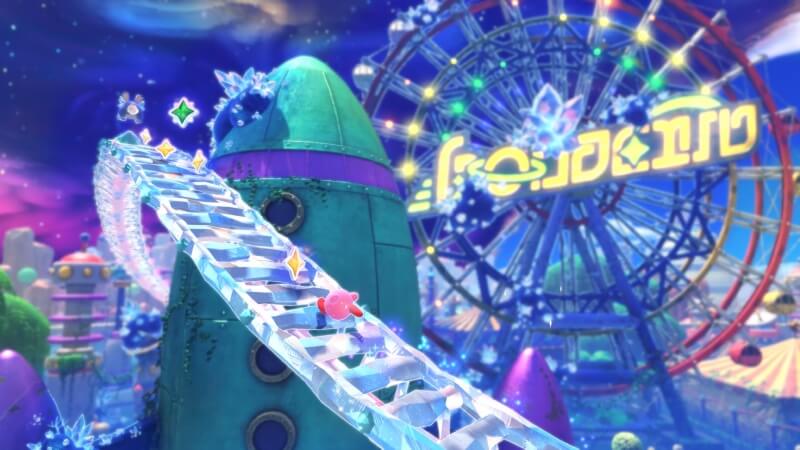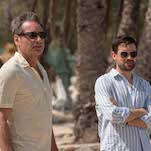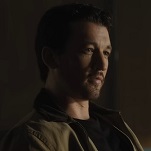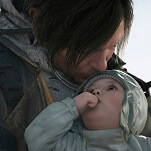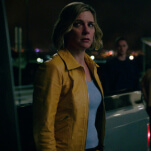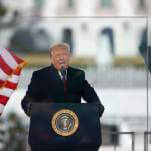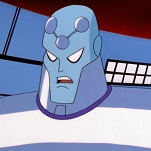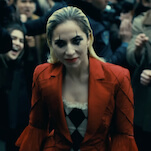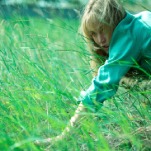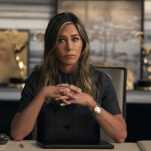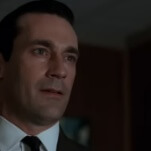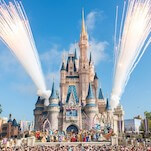Star-Crossed World Is More Kirby and the Forgotten Land—And That's Great

Star-Crossed World is simply more Kirby and the Forgotten Land. There are new levels, new Mouthfuls that give Kirby new contextual powers to explore and exploit, new comically adorable shapes to stretch him into, and another, even-more-devious version of this game’s Arena, the Colosseum. That’s it! That’s the whole of this downloadable content.
And you know? That’s fine. It’s great, even. Kirby and the Forgotten Land, to use a technical term, whips ass. I said as much back at this very publication back in April of 2022 when it was released, only in far more words than that. Let’s save you some time and get to the pertinent, catch-you-up bits:
Forgotten Land might be considered easy, especially at a time when we’re all obsessing over Elden Ring and fresh off another round of difficulty discourse, but there is a difference between “easy” and “boring.” Forgotten Land is certainly not boring: it is brimming with worthwhile things to do and see, and is loaded with levels that do not feel like a chore to replay immediately after playing them the first time. Bosses are often a highlight in Kirby games, and Forgotten Land keeps that tendency going. It introduces nearly all new opponents, and when it pulls from the series’ history, it is sure to add new wrinkles to those bouts, while adapting the old ones to 3D to give them new depth and danger to consider. Each boss has a “take no damage” mission to complete, too, so, good luck with that.
Forgotten Land is also a joyful game, and not just when you manage to complete a hidden mission before the game alerts you to its existence. That’s a vital consideration: who cares if a game is relatively easy if it’s bringing you joy? There is joy in navigating Forgotten Land’s platforming, its challenges, its boss fights, in discovering the attention to detail that HAL incorporated into Kirby’s facial expressions, his animations, the flattening of an enemy under a hammer, the way pieces of the franchise’s past so seamlessly made it into 3D for the first time. The animation is stellar, and the game’s bright colors and generally fantastic visual design ensure that it’s all a treat to look at on hardware that lagged behind even before they went and added another number after “PlayStation.” The soundtrack relies less on Kirby’s past than any Kirby game has in decades—maybe because Jun Ishikawa and Hirokazu Ando, who have been composing Kirby titles since 1992’s Dream Land and 1993’s Kirby’s Adventure, respectively, are just two of four composers credited in Forgotten Land—but it’s loaded with catchy tunes that will likely fold into the larger library of constantly rearranged Kirby music before long, and it’s all perfectly suited to the game it’s scoring in the present. It is as vital to the way the game makes you feel while playing it as any of the facial expressions Kirby makes, or his late-game wielding of dual flaming hammers, or the level design that has you coming back just one more time to rescue that last Waddle Dee.
